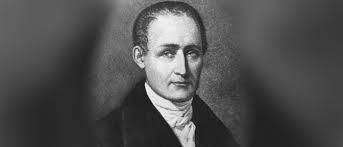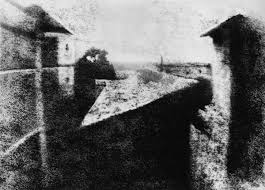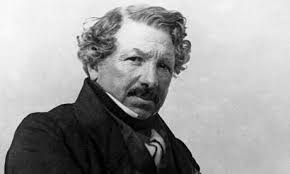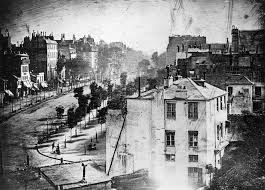About Us
Welcome to photowotostudio.com, your ultimate destination for all things photography and cameras! Whether you’re a seasoned professional or just starting your photography journey, we’re here to provide you with expert advice, in-depth reviews, and the latest trends in the world of cameras and photography gear. Explore our curated selection of top-rated products, detailed buying guides, and photography tips to help you capture the perfect shot every time. Plus, find exclusive affiliate deals to save on your next camera or accessory purchase. Join us and elevate your photography game today!
The Beginning of Photography and the Contributions of Joseph Nicéphore Niépce


The art and science of photography began in the early 19th century, marking a turning point in how humans capture and preserve images. The journey started with the curiosity and innovation of a few inventors who experimented with light, chemicals, and mechanical devices. Among these pioneers, Joseph Nicéphore Niépce, a French inventor, played a key role in the birth of photography.
Photography officially began in 1826 or 1827 when Niépce created the first known permanent photograph. Before this, people used the camera obscura, a device that projected images onto surfaces, but they had no way of making those images permanent. Niépce was the first to solve this problem by inventing a process called heliography, meaning “sun drawing.” He used a polished metal plate coated with bitumen of Judea, a light-sensitive substance. When exposed to sunlight through a camera, the bitumen hardened in bright areas and remained soft in the shadows. After many hours of exposure—nearly eight hours—he washed the soft parts away with a solvent, leaving behind a permanent image.
The photograph, titled View from the Window at Le Gras, is a grainy but historic image taken from Niépce’s window in France. Though the image lacked sharp detail, it was groundbreaking. It proved that light could create lasting images, and it marked the true beginning of photography.
Niépce’s contributions did not end there. In 1829, he partnered with another Frenchman, Louis Daguerre, to improve the photographic process. Although Niépce passed away in 1833, Daguerre continued their work and later developed the daguerreotype, a faster and clearer photographic method, which he publicly introduced in 1839.
Niépce’s work laid the foundation for modern photography. He was the first to turn theory into practice and demonstrate that it was possible to capture real-life scenes permanently. His invention opened the door for others to refine and expand on his ideas, eventually leading to the film, digital, and smartphone photography we use today.
In short, photography began with Niépce’s heliograph in the 1820s, and his pioneering spirit changed the way we see and remember the world forever.
Through Daguerre’s Lens: The Origin Story of Photography


Louis-Jacques-Mandé Daguerre (1787–1851) was a French artist, chemist, and inventor best known for developing one of the world’s first practical photographic processes—the daguerreotype. His invention marked a major milestone in the history of photography and helped transform it from a scientific experiment into a widely used medium of art, documentation, and communication.
Daguerre started his career as a painter and stage designer. Fascinated by light and optics, he began experimenting with ways to capture real-life scenes permanently. In 1829, Daguerre partnered with Joseph Nicéphore Niépce, who had already produced the world’s first permanent photograph using a method called heliography. Together, they worked to improve the photographic process. After Niépce’s death in 1833, Daguerre continued the research on his own and eventually discovered a new method that produced clearer and faster results.
In 1839, Daguerre introduced his process to the world, naming it the daguerreotype. It was the first publicly announced photographic method and quickly gained popularity. The daguerreotype involved exposing a silver-coated copper plate to iodine vapor, creating a light-sensitive surface. The plate was then placed inside a camera and exposed to light. After exposure, it was developed using mercury vapor, which made the image visible, and then fixed using a salt solution to prevent further change from light.
The result was a highly detailed, mirror-like image with fine clarity. However, daguerreotypes had some limitations. Each image was unique and could not be reproduced, as there was no negative involved. Also, the process required long exposure times and the use of toxic chemicals like mercury.
Despite these challenges, daguerreotypes became very popular in the 1840s and 1850s, especially for portrait photography. People were amazed to see their own likeness captured in such stunning detail. Studios opened across Europe and America, making photography available to the general public for the first time.
Daguerre’s invention earned him international fame and financial reward. The French government even awarded him a lifetime pension in exchange for making the process freely available to the public.




